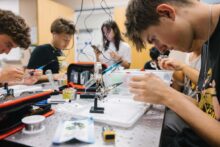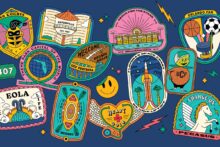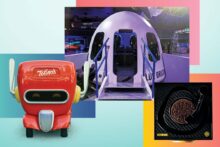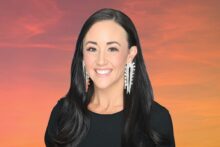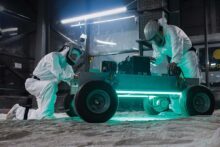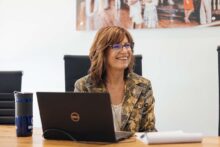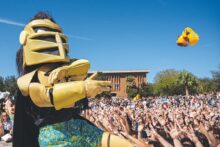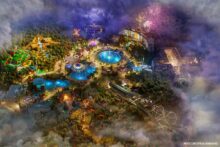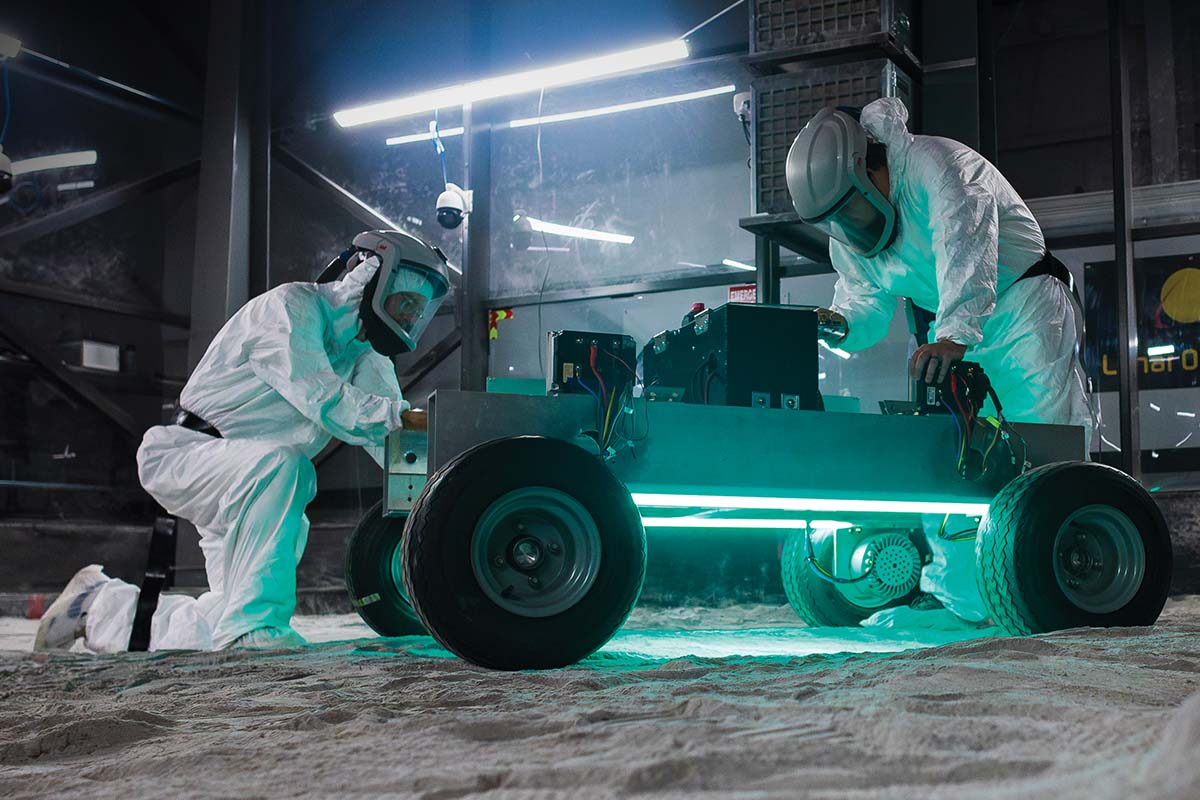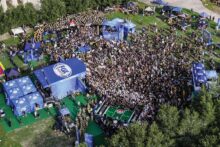
When you think of the challenges in space, radiation, microgravity and lack of oxygen typically come to mind. But the Apollo astronauts encountered an unexpected problem that still poses a threat to today’s space explorers: lunar dirt.
These pesky particles — also known as regolith — are very fine, sticking to rover wheels, equipment, testing instruments and spacesuits. They not only damage technology, but also compromise astronauts’ respiratory health. Since the Apollo missions, researchers, including those at UCF, have studied lunar regolith to mitigate these issues.
Before making the 238,855-mile journey to the moon, NASA scientists will travel about 39 miles from Kennedy Space Center (KSC) to UCF’s Exolith Lab to test critical equipment for the Artemis missions. The world’s largest simulated lunar surface is housed within the lab’s Lunar Highland Regolith Test Bin (the regolith bin), which was developed in partnership with another UCF organization, the Florida Space Institute.
“The demand for regolith stimulants has grown over 4,000% in the last few years,” says Anna Metke, owner and CEO of Space Resource Technologies (SRT), an UCF alumni-led company based in the Exolith Lab that manufactures tons of simulant samples used worldwide — including the dirt in the regolith bin. “With so many people now sending hardware to the moon, Mars and beyond, we need to have high-fidelity testing materials so we can prepare our hardware before it’s launched,” she says.
Here’s what makes the regolith bin a unique test bed for space scientists.
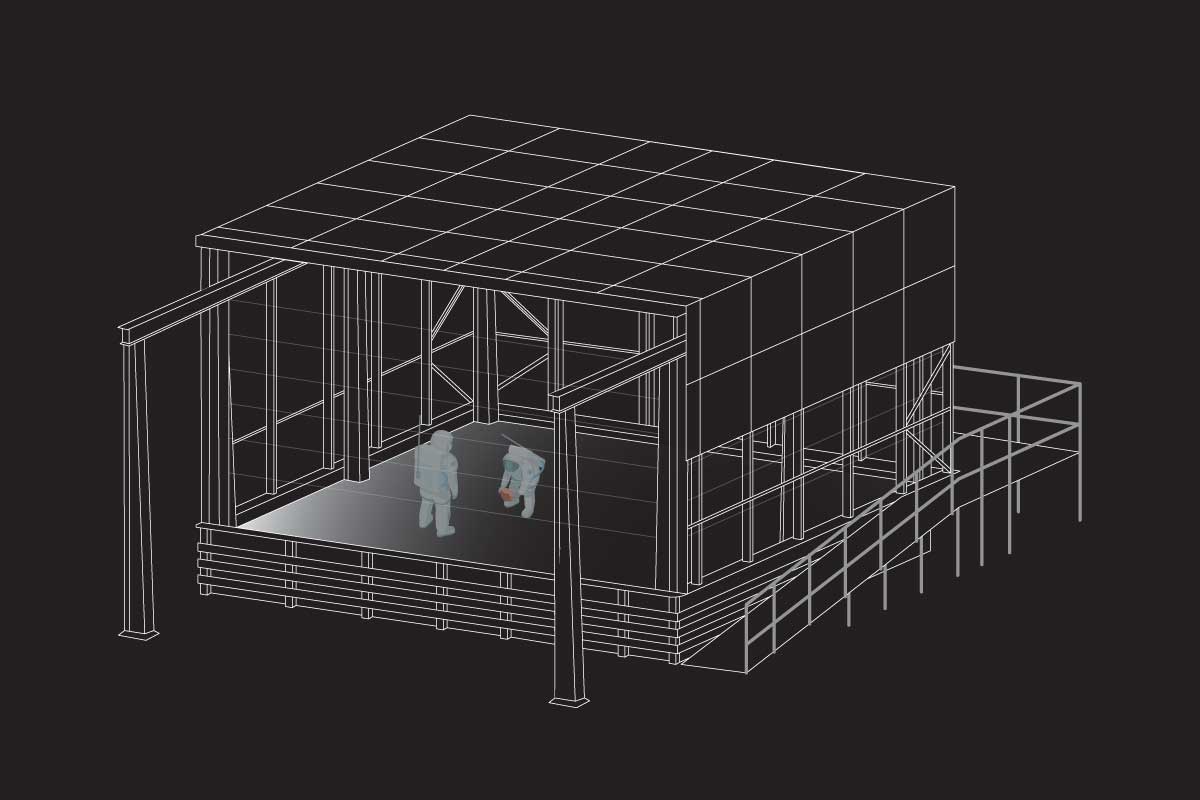
An illustrated diagram of the regolith bin.
Playing in the (Lunar) Sandbox
The scale of the regolith bin provides ample room for scientists at NASA and other space companies to conduct experiments and test technologies, including rovers. The bin measures 33 feet by 33 feet and is filled with 240,000 pounds of simulant soil, covering the same space as 120 cars packed together.
NASA is particularly interested in researching in-situ resource utilization (ISRU) methods, which use on-site materials to sustain exploration, such as growing plants in or constructing bricks out of moon dirt. With the lunar regolith measuring 3.2 feet deep, hills and craters can be created within the site, leaving plenty of room for bulldozers, excavators, test drills, scoops, trenchers and other mining equipment to conduct ISRU tests.
Made of the Right Stuff
Most of the world’s other lunar testing facilities mimic the lunar mare region, which is made of basaltic dust that consists of darker volcanic rocks. However, NASA’s Artemis program will explore the moon’s south pole, which is in the lunar highland region and contains dirt made of lighter-colored anorthosite rocks.
To help scientists prepare for the Artemis missions, the regolith bin contains a coarser lunar highland simulant soil manufactured by SRT called LHS-2E, which is based on samples brought back from the Apollo missions.
Simulating Lunar Gravity
The regolith bin is built around a gantry crane, which can load rovers and equipment weighing around 2,200 pounds into the space. Aside from moving massive vehicles, the crane provides a special function of gravity offloading by maintaining a constant lifting force on vehicles. This allows scientists to see how rovers will operate in lunar gravity, with the devices being tested at one-sixth of their Earth weight.
A Site to Be Seen
The walls of the regolith bin are made of Lexan polycarbonate, a strong, transparent plastic that makes it easy to view what’s happening inside. Around the facility are a walkway and experimental deck equipped with a powered workstation for researchers to safely monitor activities from outside the bin.
The regolith bin also contains seven cameras that can record and livestream experiments and events, such as the qualifying round of NASA’s 2024 Lunabotics Challenge. In May, more than 40 college teams from across the nation tested their rovers to see who could best navigate and conduct missions on the simulated moon surface before advancing to the main leg of the competition at KSC. Next year, UCF will host the qualifying round again.
“At UCF, we’re very fortunate to be so close to Kennedy Space Center,” says Julie Brisset, interim director of the Florida Space Institute. “It allows for activities to be shared and for our scientists, students and facilities to contribute to the new age of space exploration.”
